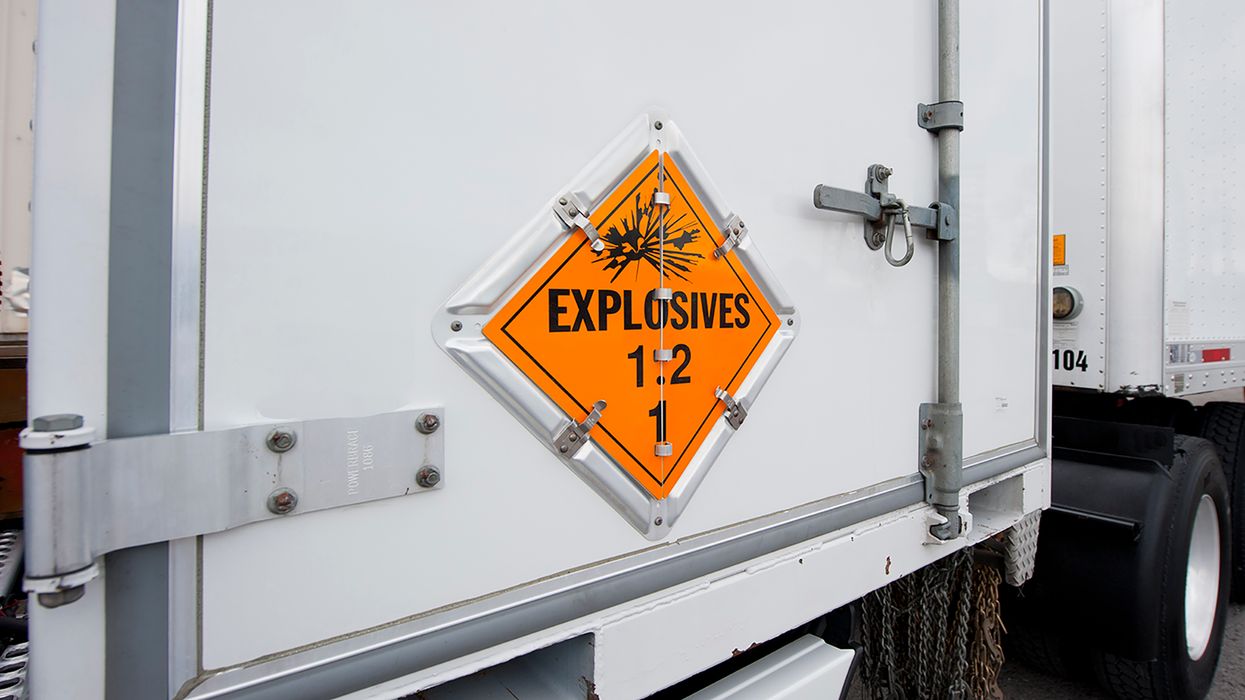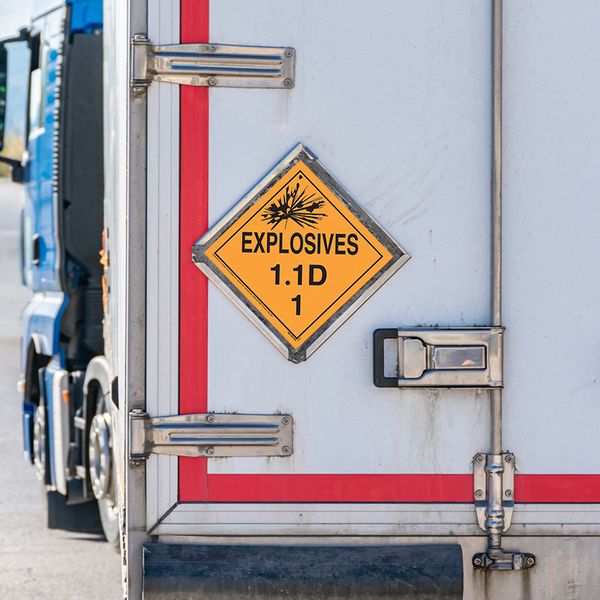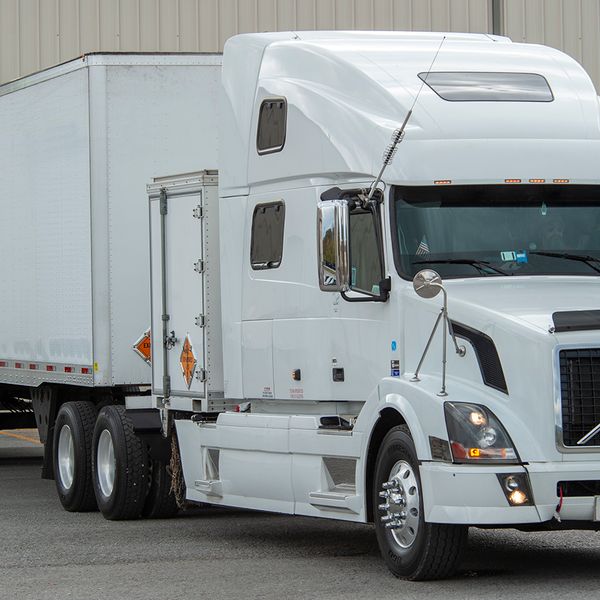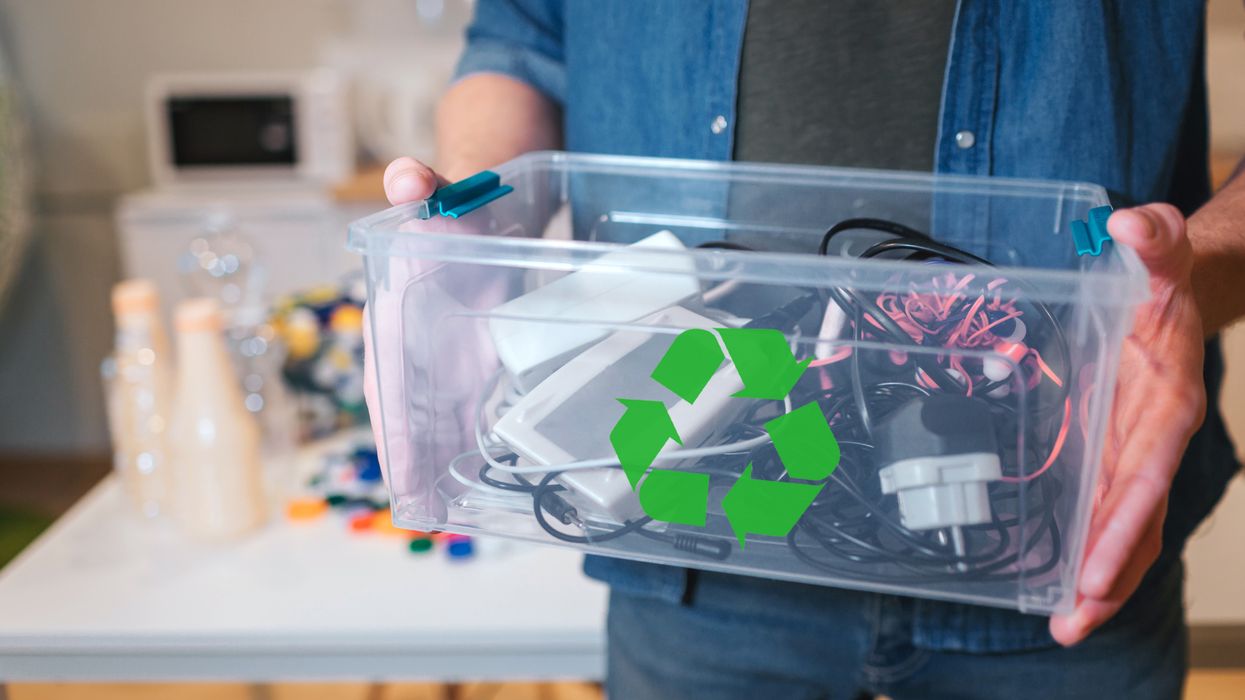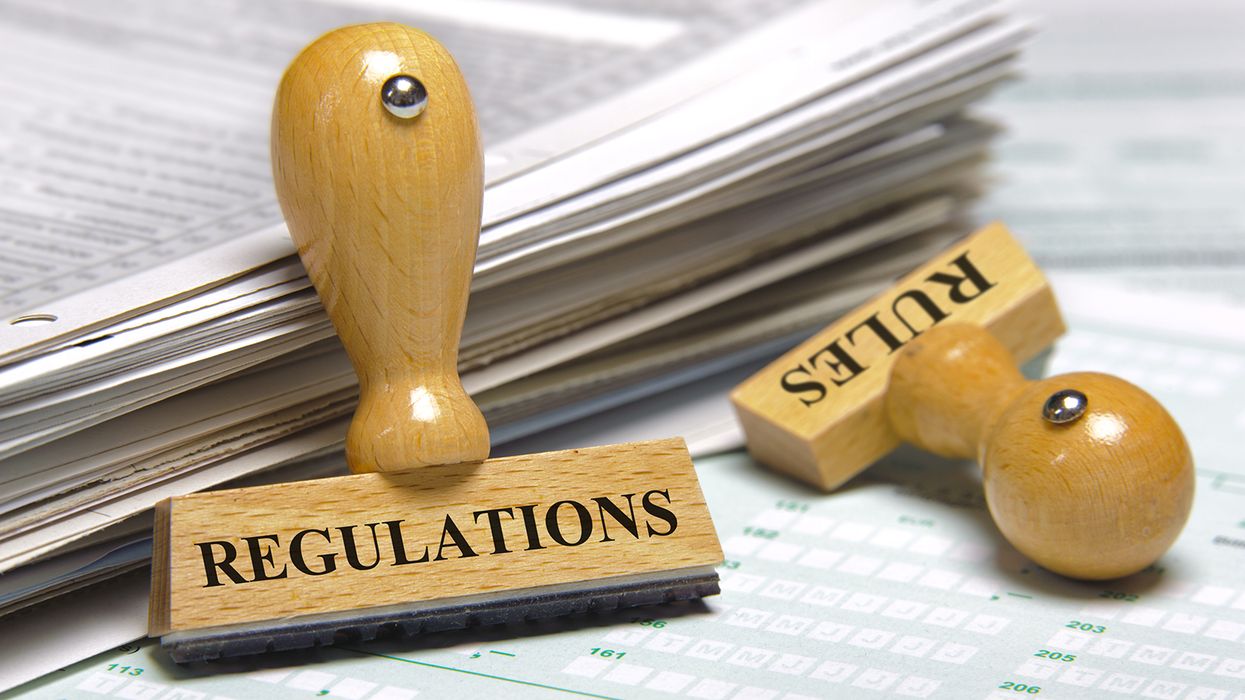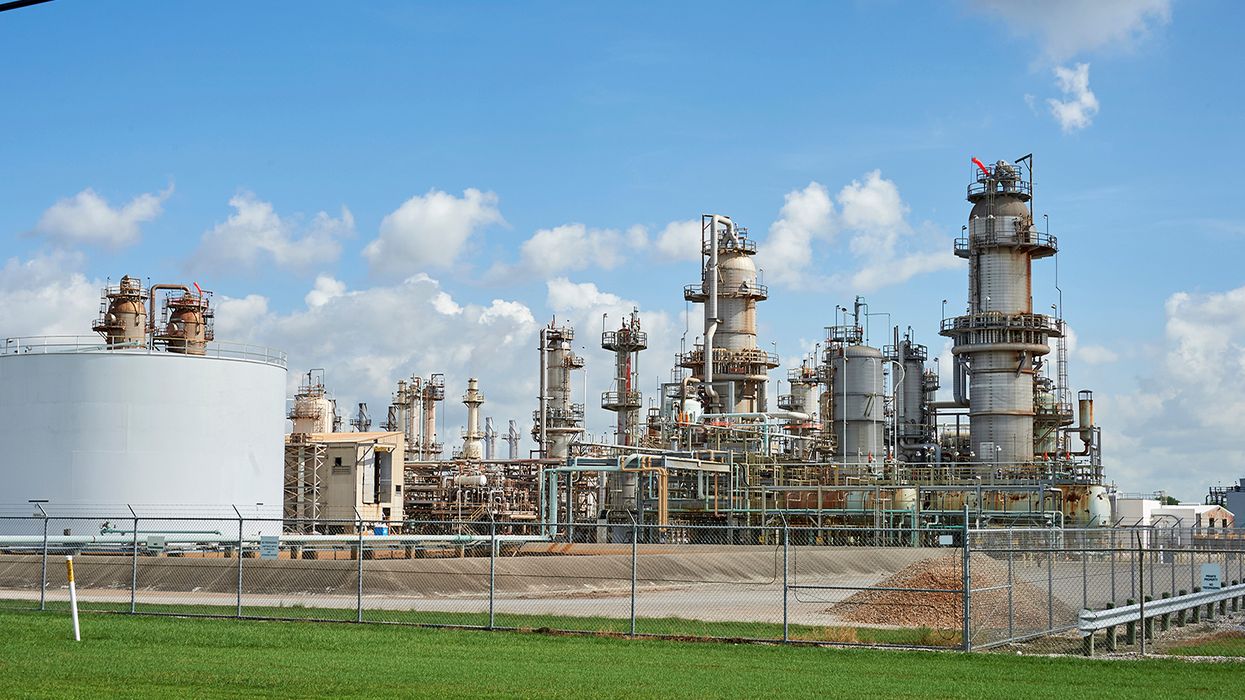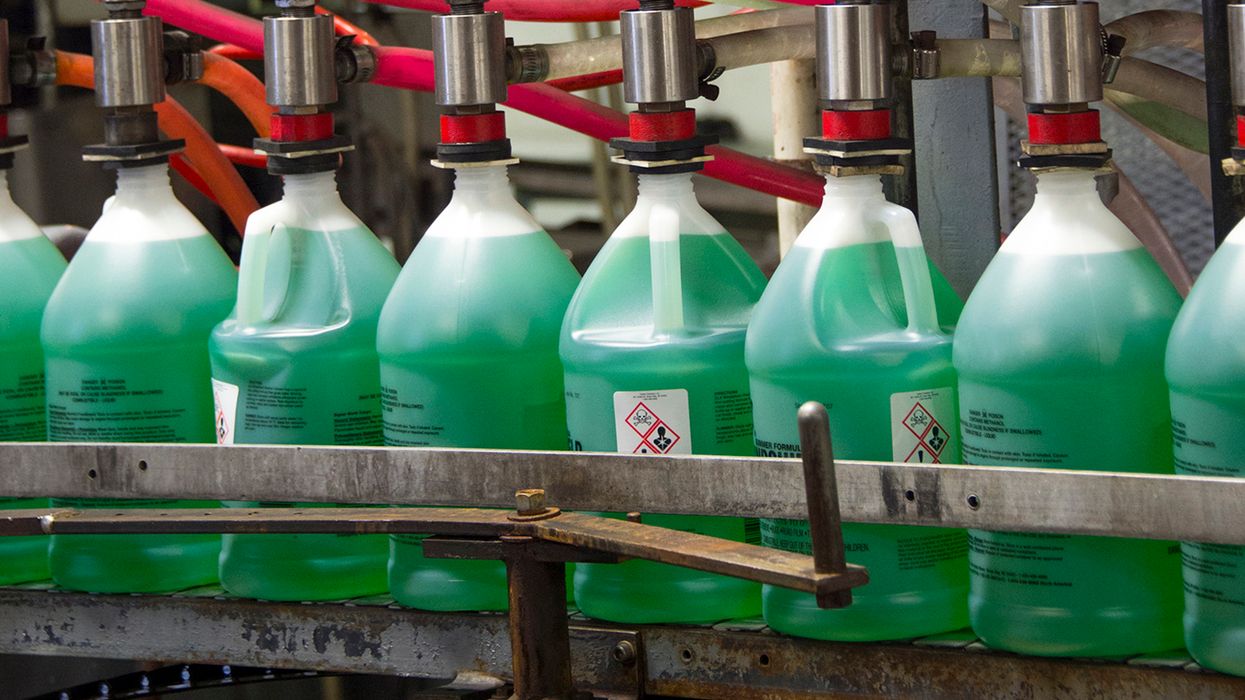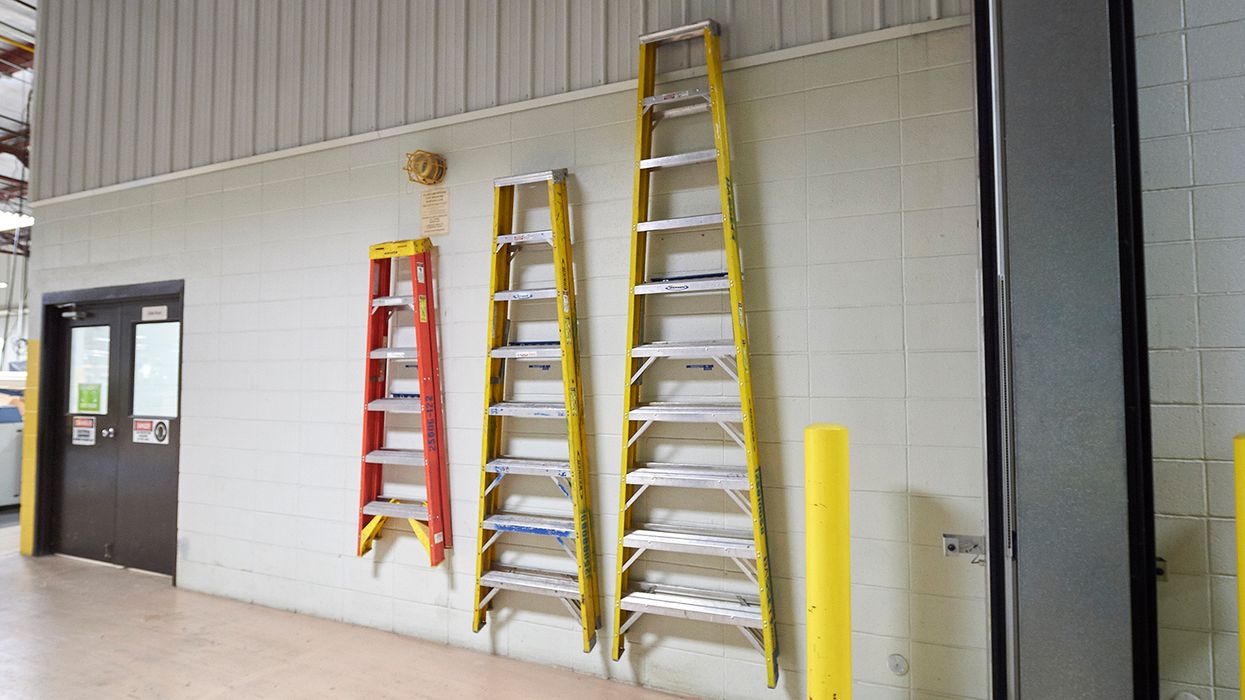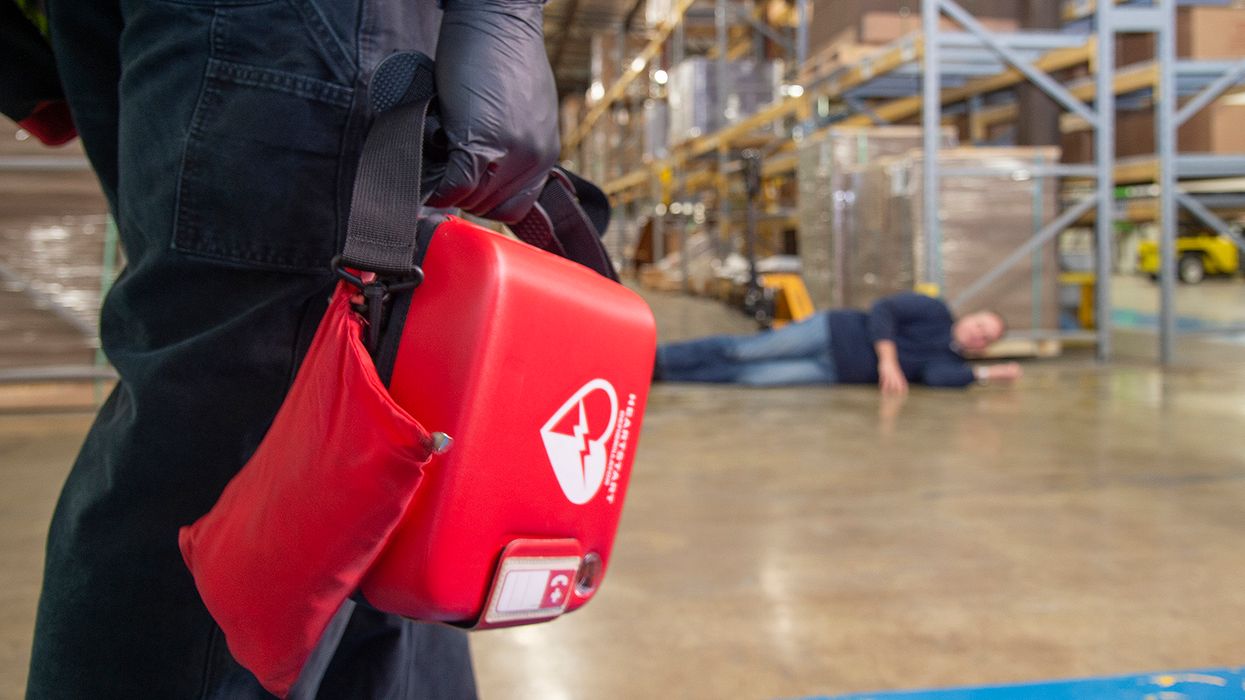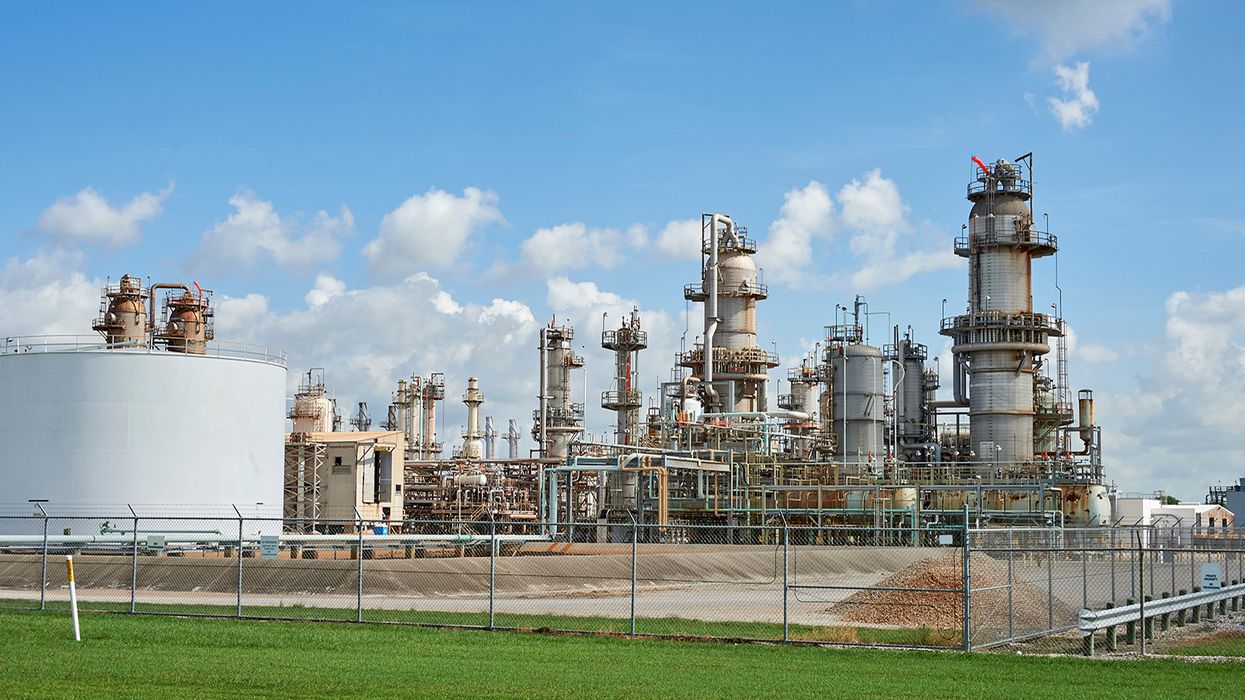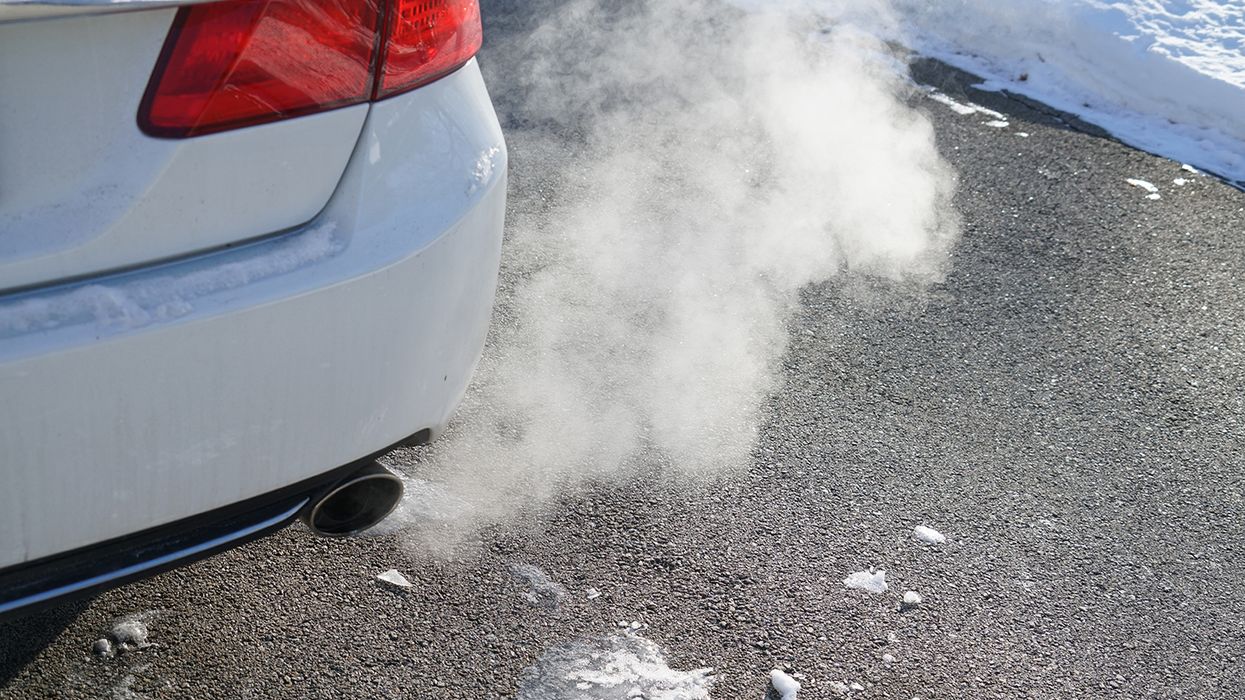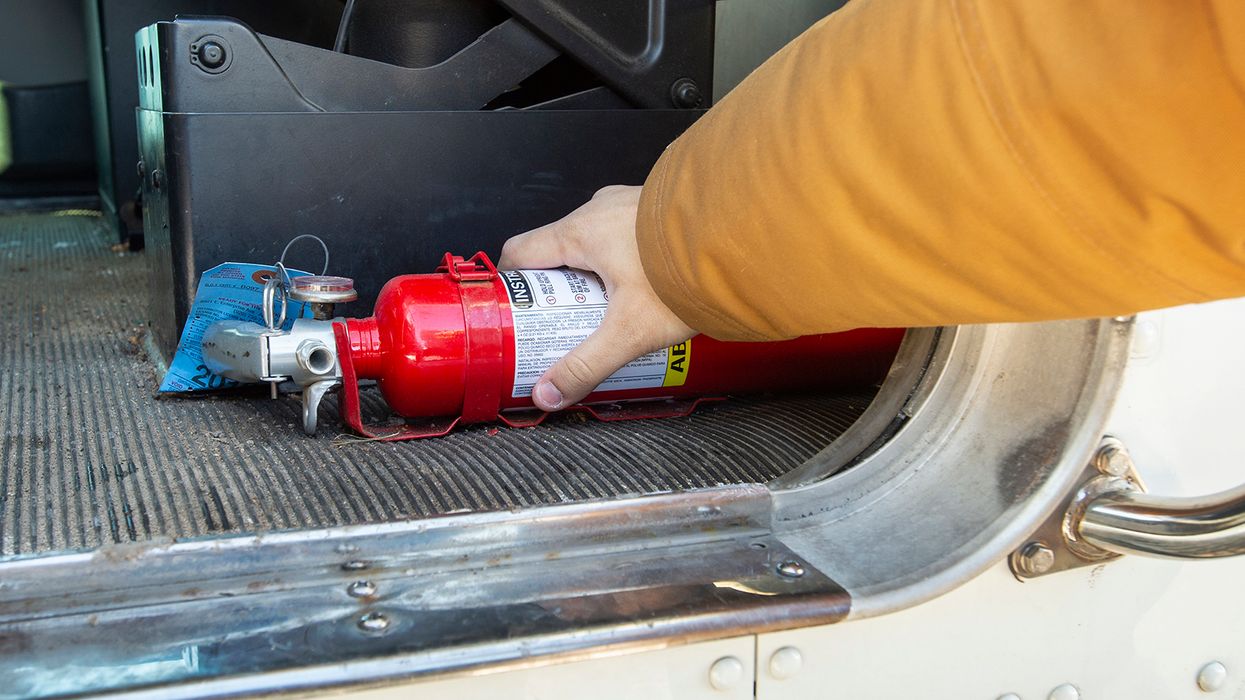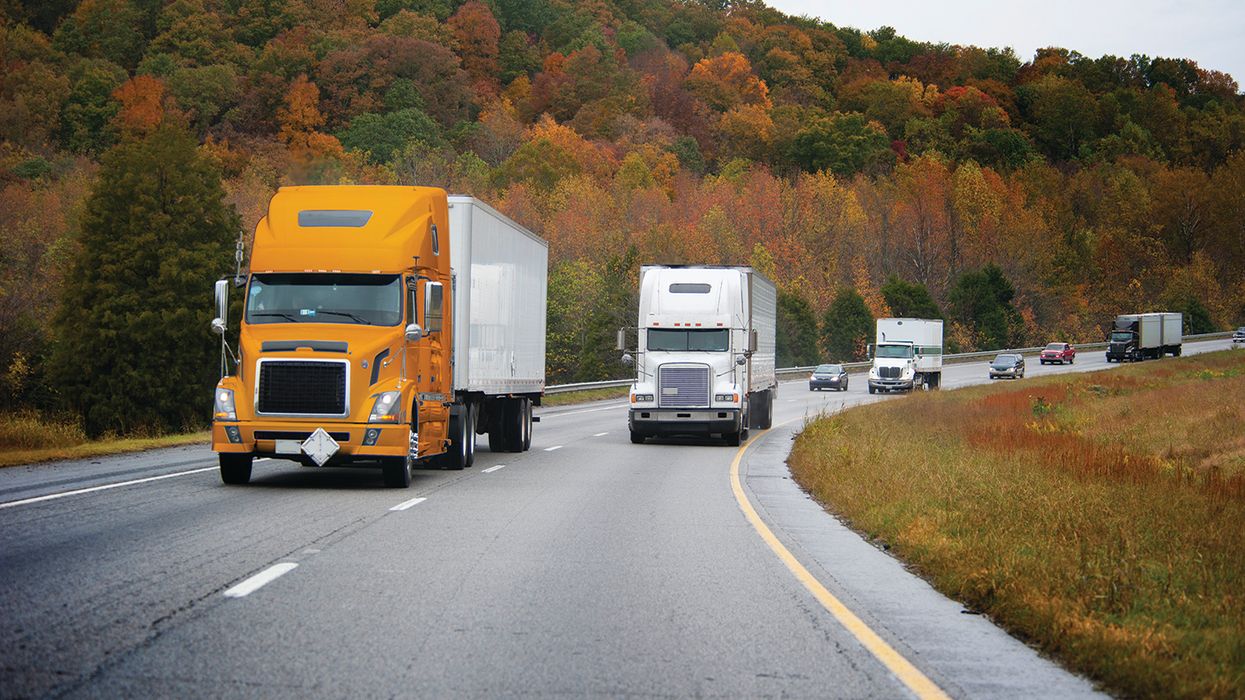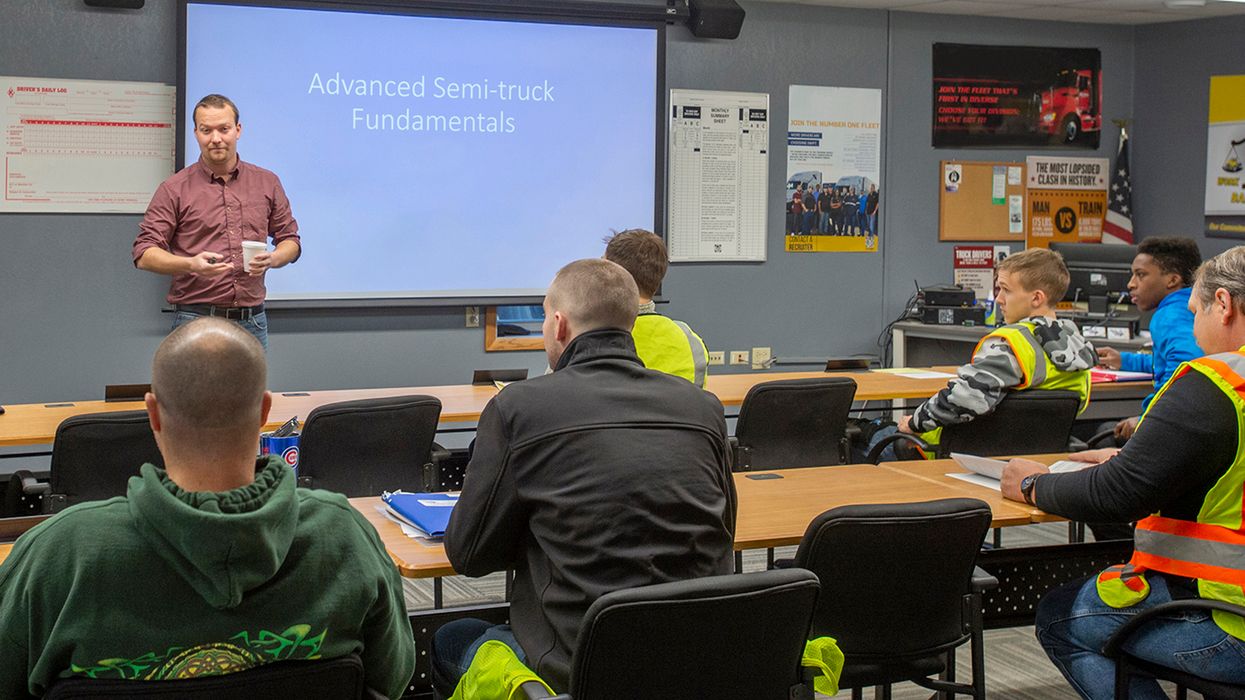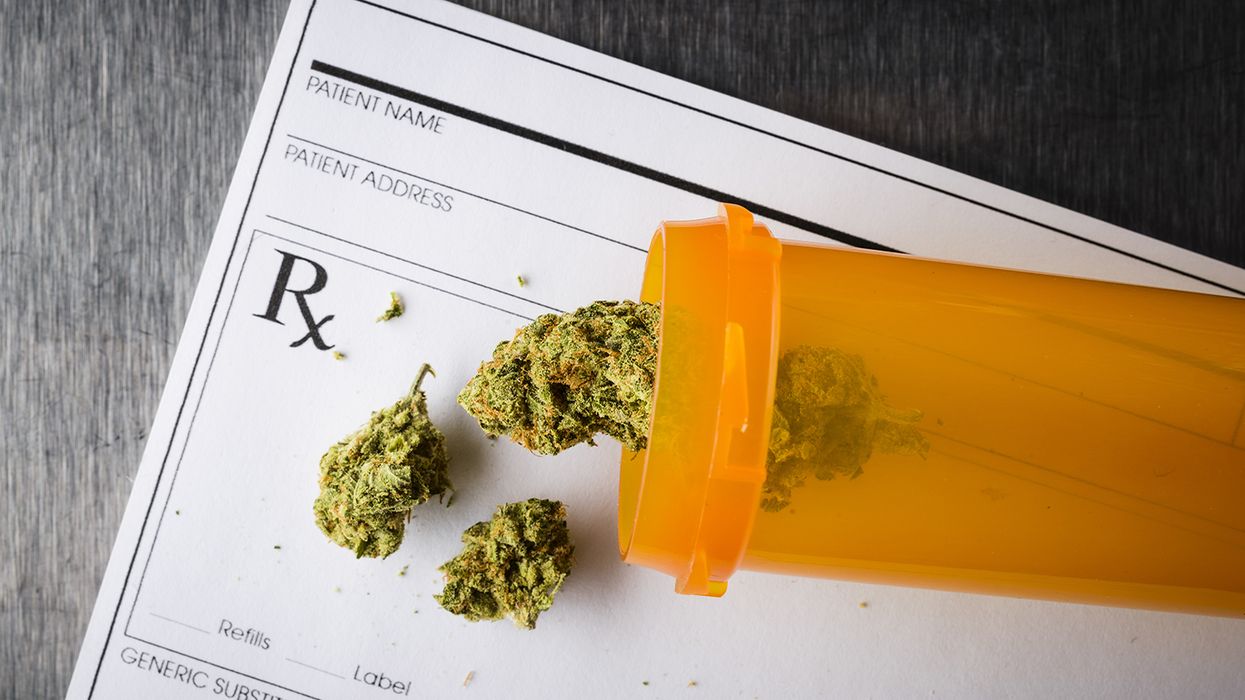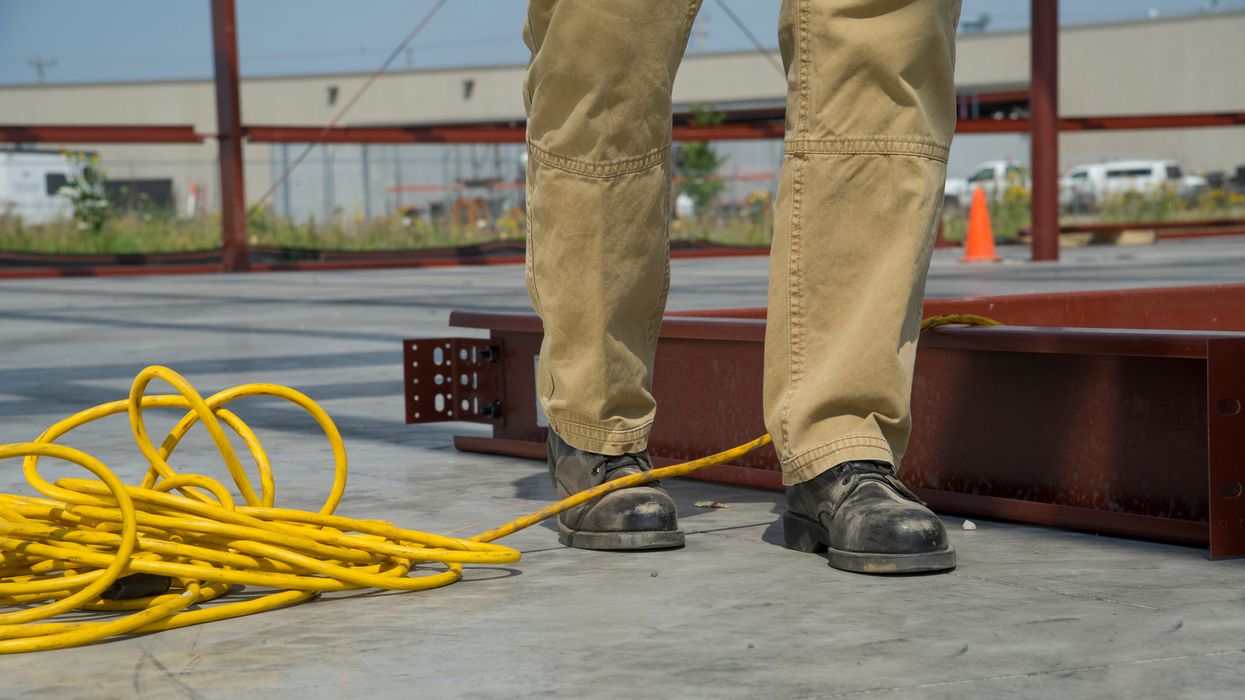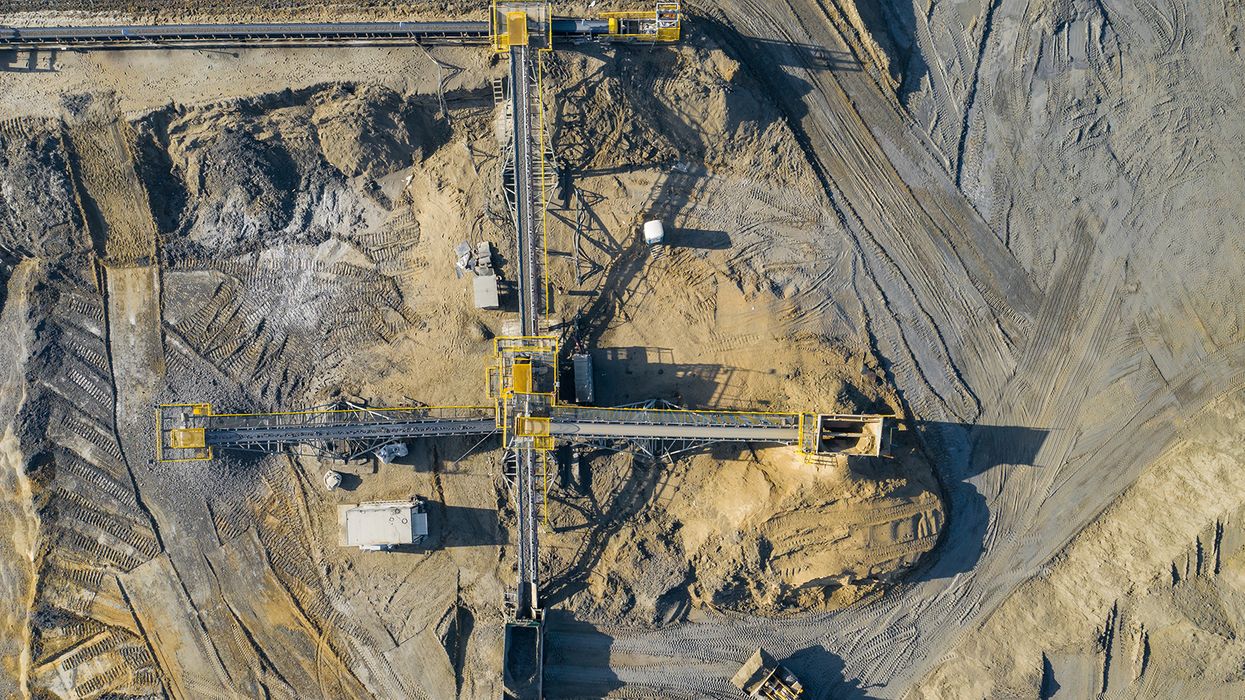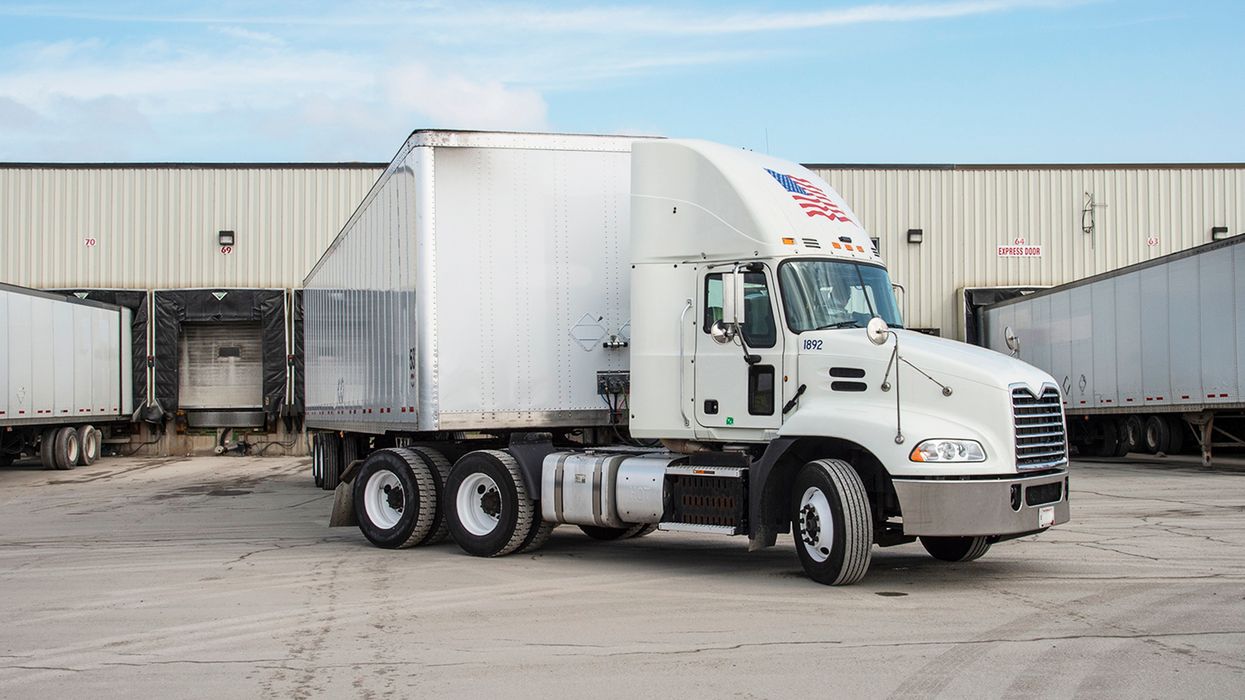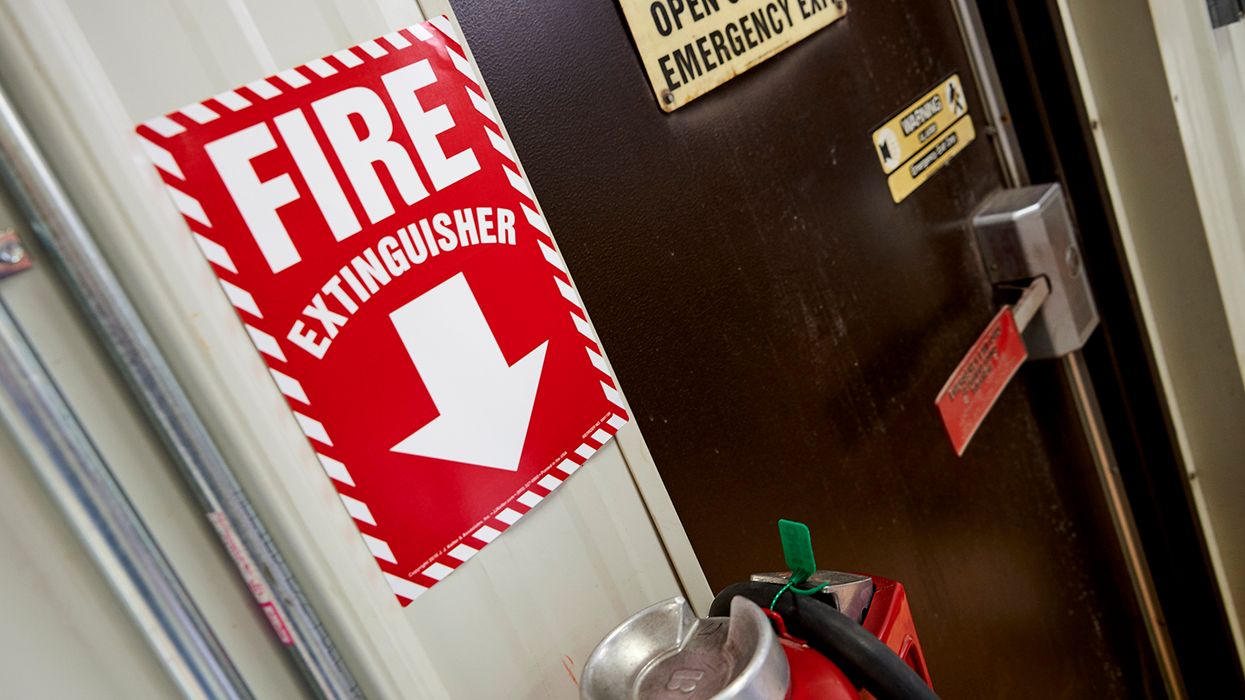Fireworks are explosives – Hazmat rules apply
Many people and organizations that offer, accept, transport, and store fireworks do not understand the hazards posed by fireworks during transportation. You can avoid violations—and the fines that come with them—by understanding and complying with the hazmat rules for transporting fireworks.
Added precautions needed in transport
Because they are explosive, consumer fireworks qualify as hazardous materials under federal transportation rules. This makes the transportation process much different than for general cargo. Additional responsibilities apply when transporting these materials. These include:
- Documentation,
- Reporting,
- Identification,
- Packaging,
- Marking,
- Placarding, and
- Training.
Understand these extra steps to safely package and transport fireworks and comply with regulations from the Department of Transportation (DOT) and Pipeline and Hazardous Materials Safety Administration (PHMSA).
How to transport fireworks as hazmat
The Hazardous Materials Regulations (HMR) address the safe transport of explosives in commerce. Class 1 explosives are composed of various divisions—including Division 1.1G, 1.3G, 1.4G, and 1.4S. The HMR classify consumer fireworks as Division 1.4G explosives. The following table describes the basic steps to safely transport these materials in commerce.
| How to comply with hazmat rules for fireworks | |
| Fireworks shipments | Use UN-certified packaging. Properly mark and label all packagings. Include a shipping paper with all required information. Provide emergency response information. |
| Shippers and carriers | Properly train all hazmat employees, including drivers. Possess a USDOT Hazardous Materials Certificate of Registration issued by PHMSA when transporting fireworks in placarded quantities. Develop and implement security plans that, at a minimum: - Assess possible risks to fireworks in transport. - Include measures to address risks. - Address personnel security, enroute security, and unauthorized access. Possess a valid Hazardous Materials Safety Permit (transporters/carriers only) when transporting 55 lbs. or more of 1.1G and 1.3G. |
| Transport vehicles | Use a vehicle operated by a properly licensed driver with a commercial driver’s license (CDL) and hazmat endorsement for all placarded quantities. Properly placard the vehicle on all four sides with “EXPLOSIVES 1.4” placards. Secure all contents of the shipment to brace, block, and prevent shifts. Protect the shipment against ignition sources. Display the company name and DOT number on doors of the motorized unit. |
Violations to avoid
Some common violations and safety problems noted during compliance investigations include:
- No PHMSA hazardous materials registration,
- No hazmat placards,
- Limited or no hazmat training, and
- No CDL with a hazmat endorsement.
Protect your employees, the public, your cargo, and your business. With the threat of civil penalties up to $96,624 ($225,455 if a death occurs), it’s worth taking the time to follow the rules for safe transport of these materials.
Key to remember: Consumer fireworks qualify as Division 1.4G explosives and their safe transport is regulated by the Hazardous Materials Regulations.

